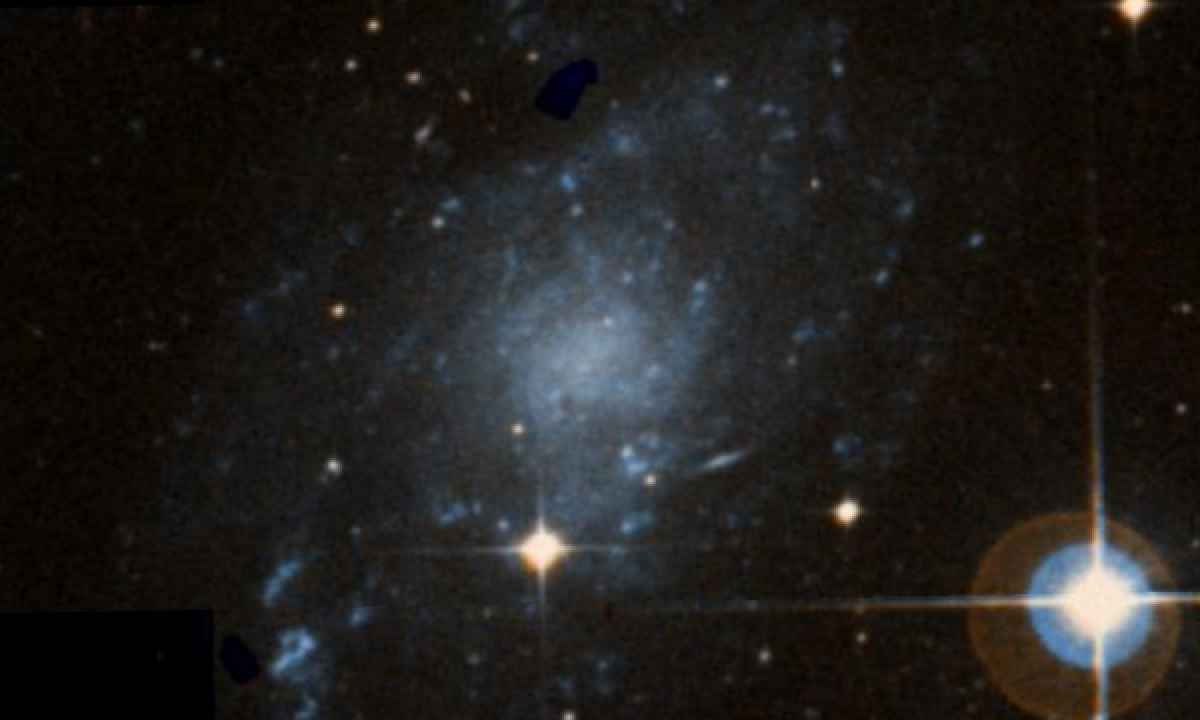The New General Catalogue of Nebulae and Clusters of Stars (abbreviated as NGC) is a catalogue of deep-sky objects compiled by John Louis Emil Dreyer in 1888. The NGC contains 7,840 objects, known as the NGC objects. It is one of the largest comprehensive catalogues, as it includes all types of deep space objects, including galaxies, star clusters, emission nebulae and absorption nebulae.
Know more about NGC
NGC 45

NGC 45 is a low surface brightness spiral galaxy in the equatorial constellation of Cetus. It was discovered on 11 November 1835 by the English astronomer John Herschel. The galaxy is located at a distance of 22 million light years and is receding with a heliocentric radial velocity of 466 km/s. It is located in the vicinity of the Sculptor Group, but is most likely a background galaxy. The morphological class of NGC 45 is SA(s)dm, indicating this is a spiral galaxy with no prominent inner bar (SA) or ring (s) feature. There is no central bulge to speak of. The galactic plane is inclined at an angle of 55°±5° to the line of sight from the Earth, with the major axis of the elliptical profile being aligned along a position angle of 145°±5°. Star formation is proceeding at a modest rate of ~0.20 M☉·yr−1. Unlike the Milky Way, NGC 45 has no clearly defined spiral arms, and its center bar nucleus is also very small and distorted. NGC 45 thus does not have a galactic habitable zone. For the Milky Way, the galactic habitable zone is commonly believed to be an annulus with an outer radius of about 10 kiloparsecs and an inner radius close to the Galactic Center, both of which lack hard boundaries.
More Images:

Sources:
Wikipedia Page: NGC 45
NGC 45 at In-The-Sky website
